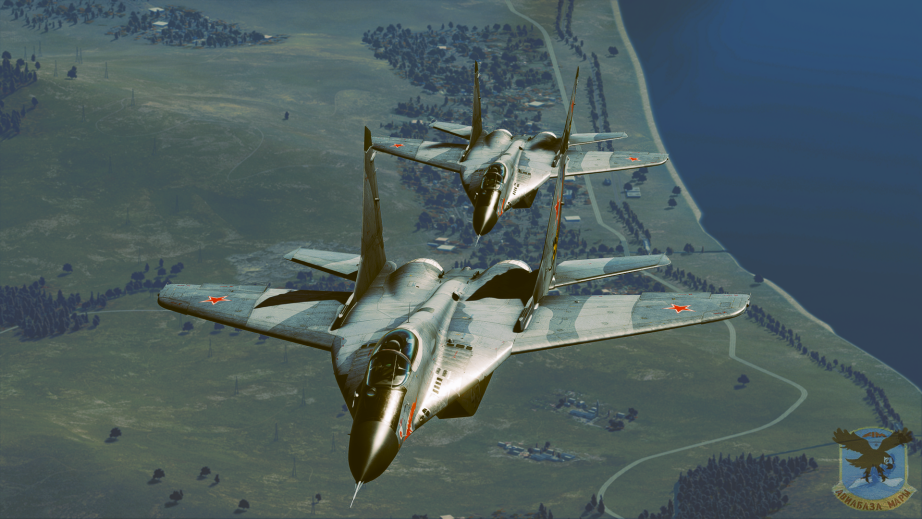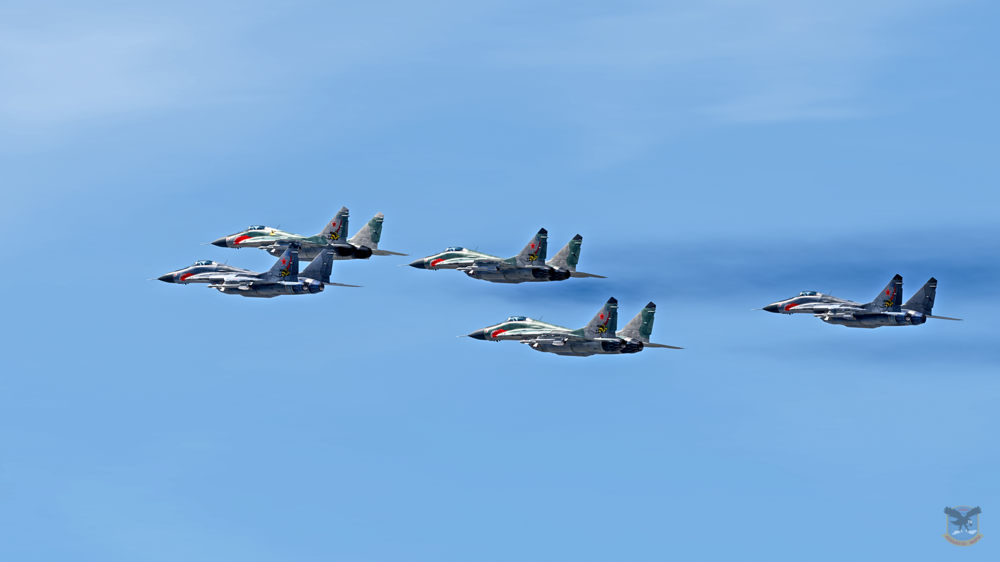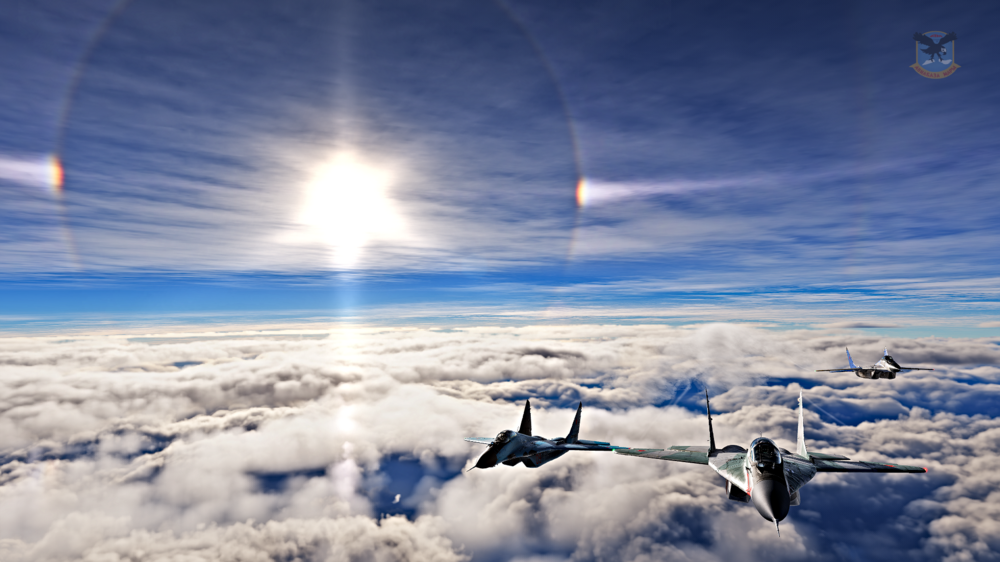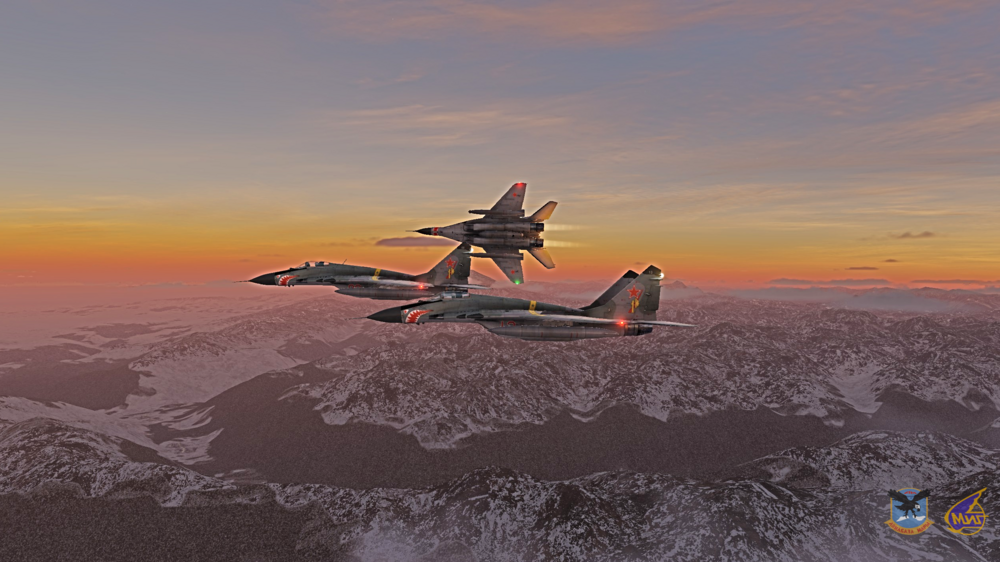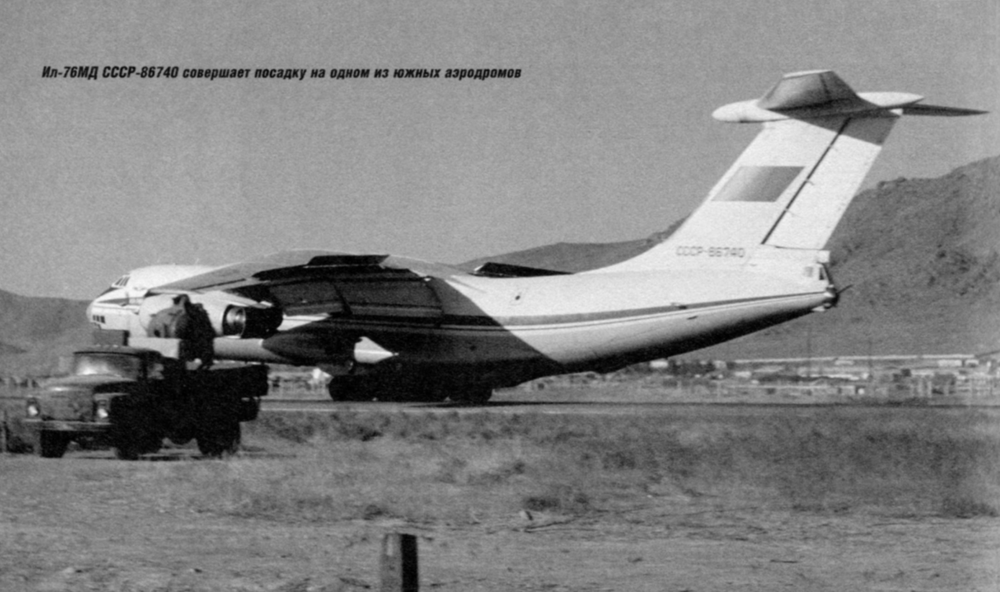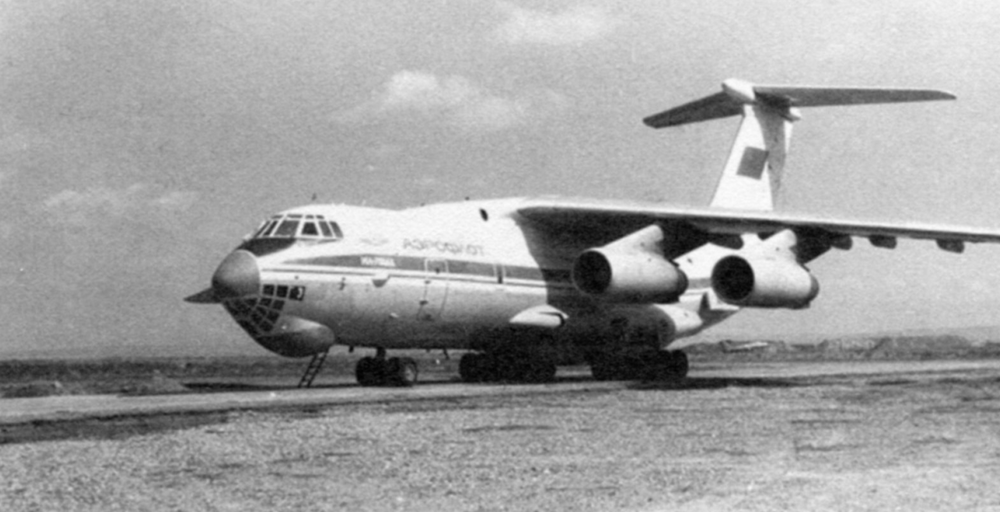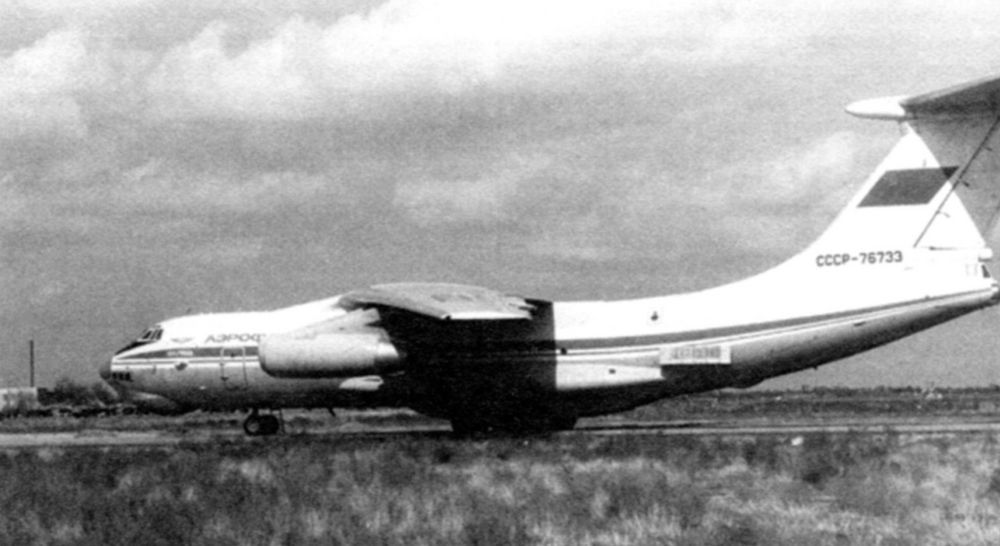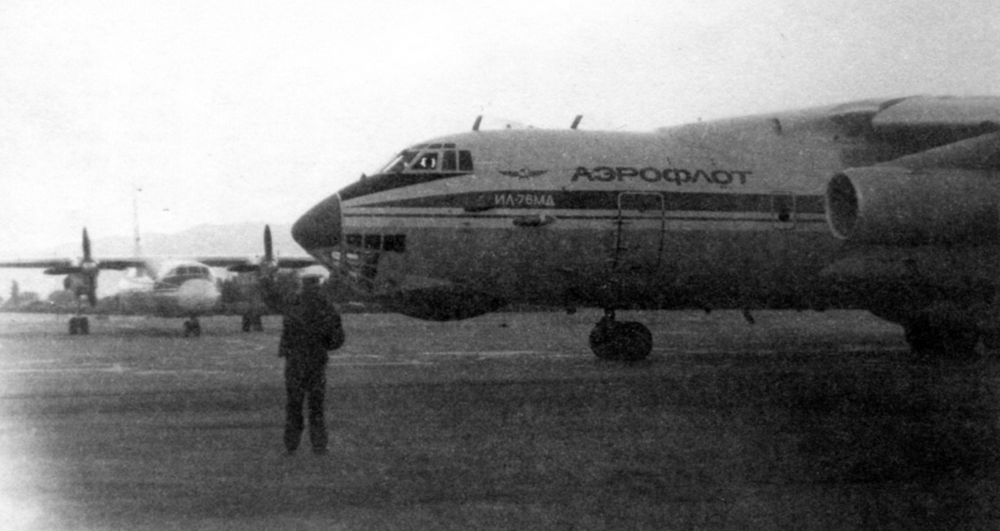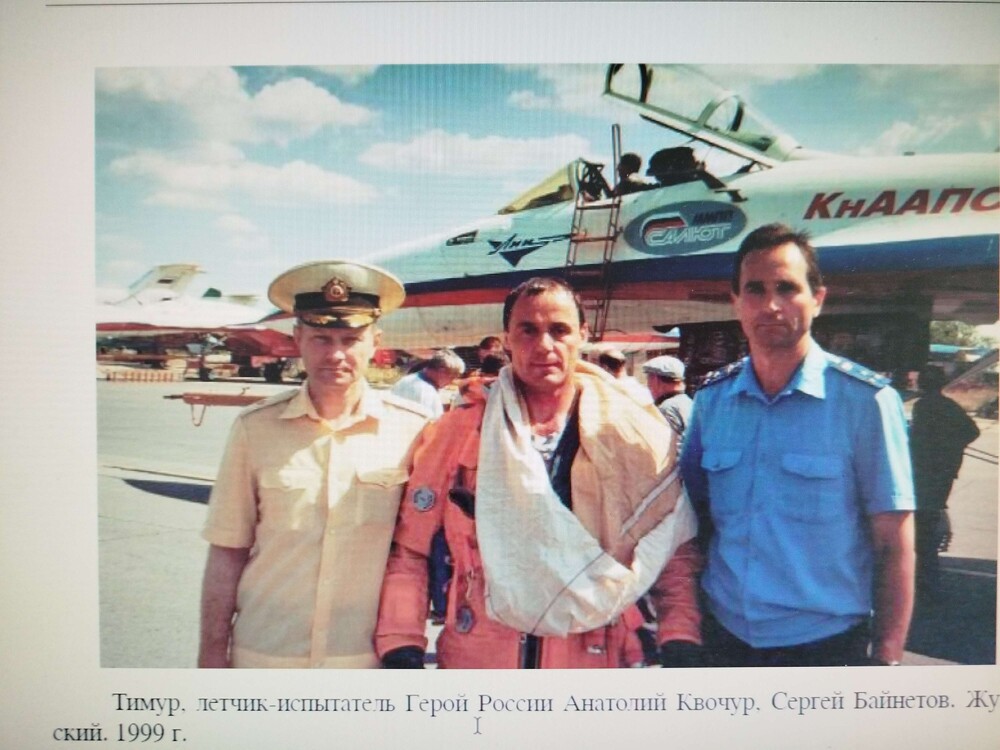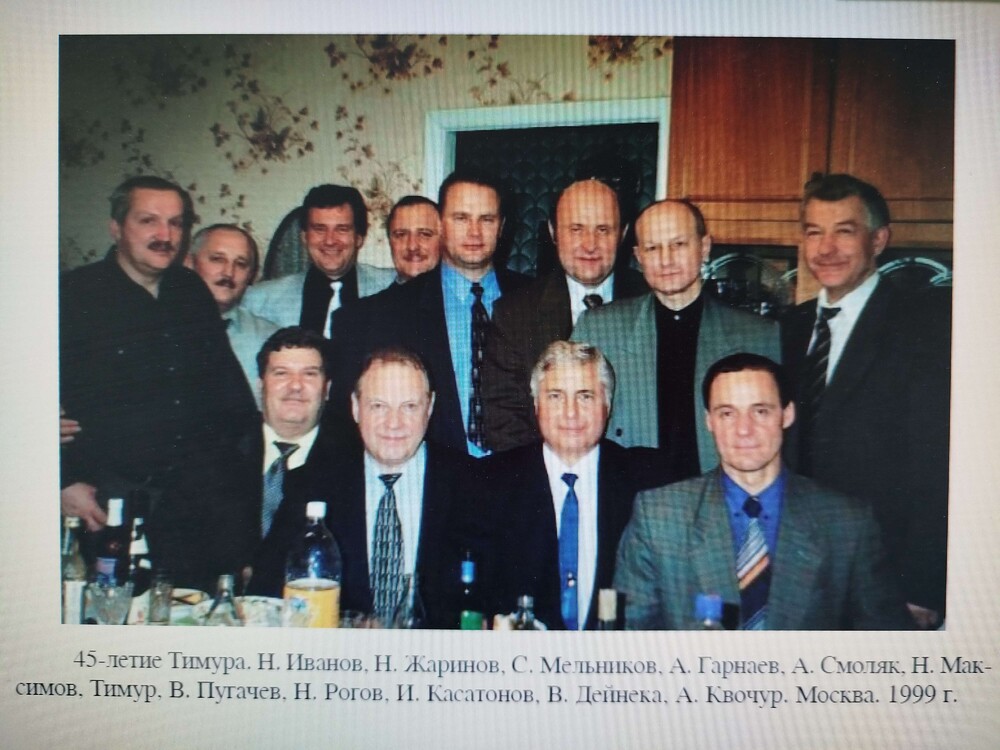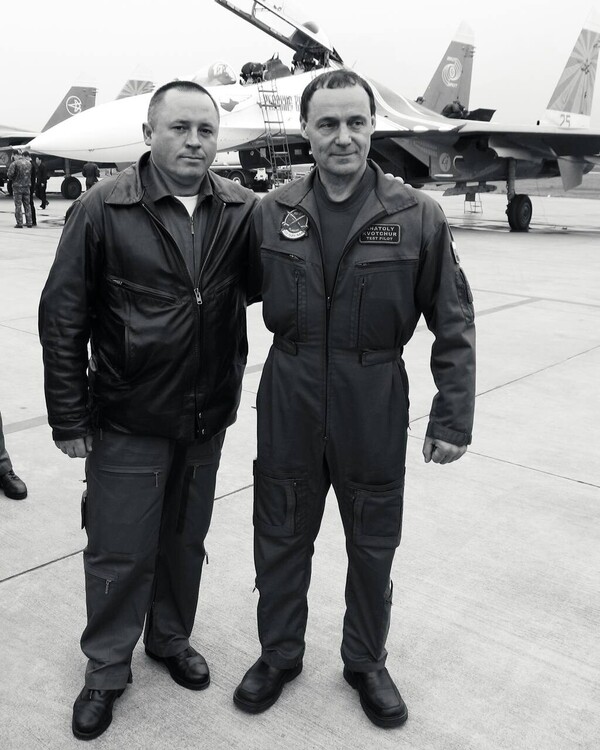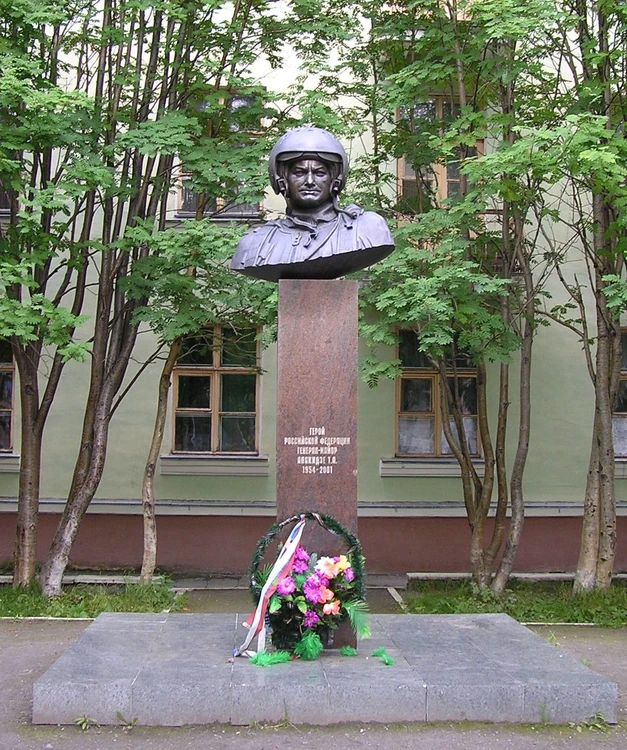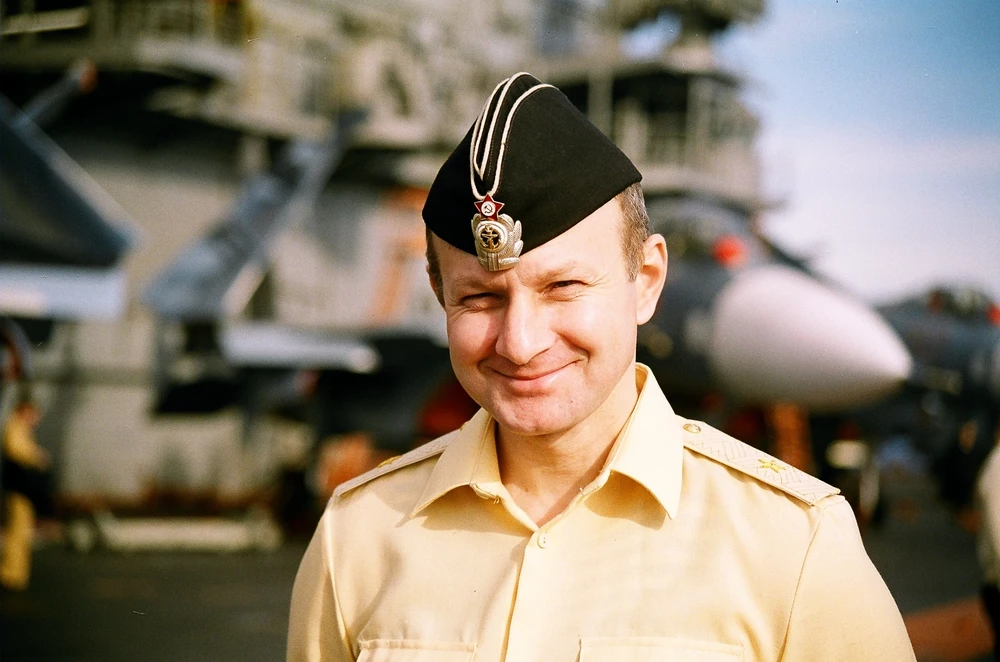-
Posts
396 -
Joined
-
Last visited
Content Type
Profiles
Forums
Events
Everything posted by Ronin_Gaijin
-
Да, я участвовал. (Я не владею русским языком)
-
SATAC тренируется и летает в группе. Гораздо сложнее.
-
Could I please ask the ED team to reply to my RSBN question? It went under the radar.
-
We do not have a standard timezone since we have people from all over. We find a time that is suitable to everyone. Language: English
-
Good morning all, Just like Creampie said (thank you) we do have a MiG-29 squadron (Авиабаза 1521, Мары - Центр боевого применения | Airbase 1521, Mary - Combat Operations Center) that trains and specialises in Fox 1 fights (we do know how to Fox 3 as well though). We are also the resident oppfor in a large multiplayer campaign. If anyone is interested in sharing the MiG-29 love feel free to pm me.
-
It is my understanding that only 2 of the 12 maps available for purchase (or free) have RSBN capability. With the coming of the 9.12A will the map makers add RSBN beacons to all the maps and airbases or are you going to make the beacons as an asset available in Mission Editor? Like portable TACAN beacons for example?
- 470 replies
-
- 12
-

-
Do you have a roadmap on the development of the module? For example December 2026 beta testing of Lazur.
-
Hi there, 1. When are the MiG-29 9.12A missiles going to imported to the AIM-120 codebase so they have correct flying characteristics? 2. How long will the module stay in early access and when will you deem it feature complete?
-
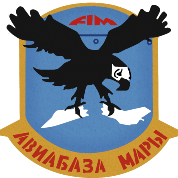
Missing USSR airbases in the upcoming Afghanistan map
Ronin_Gaijin replied to Ronin_Gaijin's topic in Wish List
The Afghan epic of the Il-76 IL-76MD USSR-86740 lands at one of the southern airfields The Il-76 was one of the main "characters" in the introduction of troops into Afghanistan. Full-scale preparations for the upcoming operation began in mid-December. The main group of the 40th Army being formed was staffed by the Turkestan and Central Asian military districts, but the paratroopers were to carry out the first, most important, throw to occupy the most important objects in Kabul and other centers of the country. During the introduction of troops on December 25-27, 1979, VTA aircraft transferred the advanced forces of the 103rd Guards Airborne Division and the 345th Separate Parachute Regiment to Afghan airfields. The first plane with paratroopers took off on December 25 at 15:00 Moscow time (18:00 local time, when it was already dark). At 16:15 the aircraft landed in Kabul, and the last scheduled flight was completed at 14:30 on December 27, although individual flights continued to be carried out later, this time with the purpose of supplying the delivered troops and evacuating the injured. During the 47-hour operation, transport aircraft carried out 343 flights, including 76 Il-76s. In less than two days, 770 people, 894 units of equipment and 1,062 tons of various cargo were delivered to Kabul and Bagram. The tasks were completed with minimal losses. And yet, the transport operation was not without casualties - in its very first hours, an Il-76 from the 128th VTAP was lost in a crash. The loss occurred less than a month after the first Vitebsk crash involving an aircraft of this type, but this time in combat conditions, which is why it was initially considered likely that it was hit by enemy fire. On December 25, 1979, Captain V.V. Golovchin's plane was flying with vehicles and 34 paratroopers on board in another group of transport aircraft. At night and in difficult weather conditions, the plane crashed into a mountain near the Salang Pass on the approach to Kabul. Parts of the plane and flight recorders ended up in deep snow on both sides of the mountain range, and it was impossible to evacuate them from there. However, with the introduction of troops, the long and difficult work of the Military Transport Aviation in Afghanistan was only just beginning. In the winter of 1980, the 40th Army continued to be staffed with newly arriving units and provided with everything they needed - from equipment and ammunition to fuel and food. In addition, the winter that year was frosty and snowy, the roads through the passes became impassable and were constantly closed due to snowfalls and icing. This meant an even greater burden on the transporters who carried everything, since the command had set the task - the army's vital functions should be fully provided for by its own forces, without any recourse to local resources (and there was nothing to take there, even the Afghan army itself was increasingly fed by Soviet aid). The work during this period was carried out by a group of five or six Il-76s, which received cargo at the airfields of the TurkVO and delivered it to Afghanistan (and, of course, by local An-12 and An-26 from the Fergana and Tashkent air regiments). Of the Afghan airfields, of which there were 17 in the country, the "Seventy-sixths" landed only in Kabul, Shindand and Kandahar, which had normal "concrete" of an acceptable class and, what is no less important, a favorable approach scheme. Other airfields were mostly dirt or gravel, barely allowing for the work of lighter transport aircraft (An-12 and An-26), and the Il-76 base in Bagram was not used due to the proximity of mountains, which complicated the landing maneuver for a heavy aircraft, and the "Green Zone" approaching the airfield, from where shelling was frequent. During the entire Afghan campaign, Il-76 landings in Bagram could be counted on the fingers of one hand, and usually for some extraordinary reason. Usually, cargo for units stationed in Bagram, where the garrison was larger than in Kabul, was delivered to Kabul, and from there it was transferred to its destination by convoys or planes of the local 50th Air Regiment. When the flow of cargo increased, the Tashkent transport hub became like a "bottleneck". The capacity was limited by the lack of parking places, difficulties with refueling and preparing numerous aircraft. To relieve it, other border airfields of the TurkVO were used, mainly Fergana, Mary, Karshi and Kokayty. The last airfield, located near a small village on the edge of the desert, was the closest to the Afghan border, located some 30 km from it. In accordance with the increase in the scale of military operations, the workload of the military transport aviation increased from year to year. With the participation of the crews of the 196th regiment alone, 430 aircraft sorties were carried out in Afghanistan in 1983, transporting 3,496 tons of cargo and 16,238 people. The following year, 1984, 534 aircraft sorties were carried out, delivering 4,690 tons of cargo and 11,589 people. This year, the fighting army undertook a number of major operations aimed at defeating the “counter-revolutionary forces” - 51 of them were carried out in the first half of the year alone, including the famous Panjshir operation to eliminate Ahmad Shah Massoud’s formations and “strengthen the people’s authorities" on the ground. Since the Il-76 had a much better speed, altitude and rate of climb, this made it a safer means of transport, and the presence of a sealed and heated cargo cabin favorably distinguished it from the Spartan conditions of the An-12. The final argument in favor of the Il-76 was the modifications carried out with the installation of jamming blocks and an inert gas system, which significantly reduced the vulnerability of the aircraft. Since 1986, taking into account the greater safety and security provided by the Il-76, all air transportation of personnel to the DRA and home began to be carried out only on these aircraft, which is why for the majority of those who fought in Afghanistan and returned to their homeland, it was the most welcome machine. As a result, out of 880 thousand people transported during the years of the Afghan war by military transport aircraft, 780 thousand (89%) were transported with the help of the Il-76. It is not surprising that for most of the "Afghans" both the meeting with Afghanistan and the return home were connected with the flight on the "seventy-six". The work of the "seventy-sixes" in Afghanistan continued in the same routine manner until the last months of the war. When the deadline for the final withdrawal of troops approached, the volume of work for the transporters increased significantly. The VTA coped with the task. The last unit of the 40th Army left Kabul on February 4, 1989. The remaining small forces from the 103rd Airborne Division were tasked with protecting the Kabul airport, where transport planes continued to fly. They left Afghanistan on February 14 with the last group of military personnel, advisers and diplomatic workers. In total, during the Afghan war, VTA planes carried out 26,900 sorties in Afghanistan, transporting 880 thousand people and 426 thousand tons of various cargo. Of this number, the Il-76 accounted for 14,700 sorties (54.6% of the total, or slightly more than half), but they delivered 89% of all personnel and 74% of cargo - more than indicative figures, especially considering the almost one and a half year break in 1984-1985, which required modifications to the aircraft's protection. After the fall of the Najibullah government in April 1992, a decision was made to evacuate the Russian embassy staff from Kabul. Along with Russian citizens, diplomats from India, China, Indonesia and Mongolia, a total of more than 150 people, were to leave Afghanistan. Three Il-76s from the 110th VTAP with the crews of regiment commander Colonel E. Zelenov, political officer Lieutenant Colonel A. Kopyrkin and Major V. Malov were sent to evacuate the people. On the evening of August 27, 1992, they landed at the Kokayty airfield. According to the plan, at dawn the next day, the group was supposed to fly to Kabul, with cover provided by two dozen paratroopers on board the planes. After loading people, diplomatic cargo, and the bodies of two dead Russian citizens at the Kabul airport, the Il-76 of the lead E. Zelenov took off and headed home. At that time, the mujahideen, attracted by the excitement at the airfield, began a rocket attack. Nevertheless, the second Il-76 of Lieutenant Colonel A. Kopyrkin managed to complete loading and began taxiing for takeoff. There were still 56 people at the parking lot, along with Ambassador E. Ostrovenko and his wife, heading for Major Malov's plane. Another rocket hit the wing of the Il-76 and the plane caught fire. The pilots and paratroopers began to jump out of the burning machine, ready to explode at any moment, running around the parking lot. The crew of A. Kopyrkin's plane, which had already taken off, saw the Il-76 burning in the parking lot, stopped taking off and, turning around, taxied to the rescue of their comrades. Under incessant shelling, he picked up Malov's crew, the paratroopers and some of the passengers who had managed to run up to the plane. Another explosion near the Il-76 pierced several of its wheels with shrapnel, but the crew managed to taxi onto the runway and lift the heavy machine into the air. The landing in Kokayty had to be done "barefoot", with the rumble of brake drums on the concrete, but the hardy Il withstood this test too. IL-76MD at the airport in Kokayty. The border airfield often served as a trans-shipment base for the delivery of goods to Afghanistan. The aircraft is equipped with blocks with heat traps in the rear of the fuselage. The aircraft technician escorts the Il-76 that is taking off. Airfield Tashkent-Vostochny, April 1987 From the book "Il-76. Hero of Kandahar" by Viktor Yuryevich Markovsky -
Major changes that should have been communicated. Thank you for letting me know.
-
Changed in what way?
-
-
This customisable EWR system already exists and it is called EWR script. ED if they wanted, they could implement it into DCS code in 30 seconds.
-
Biggest one that we are missing is missile tone. This will need to be implemented as well. Also Lazur-M has 4.5 seconds while Biryuza has 5 sec.
-
Название Fulcrum было дано НАТО
-

Missing USSR airbases in the upcoming Afghanistan map
Ronin_Gaijin replied to Ronin_Gaijin's topic in Wish List
Soldiers and officers of the 276th Pipeline Brigade at the cenotaph in memory of a fallen comrade. The brigade served along the Termez-Kabul highway and provided fuel delivery to almost all military units in eastern Afghanistan. Permanent service along this road, one of the main targets for ambushes and sabotage by the mujahideen, was tense and no less dangerous than raid operations and service at distant outposts. -

Militariy Aircraft Mod
Ronin_Gaijin replied to BlackLibrary's topic in Flyable/Drivable Mods for DCS World
Thank you very much! -
"I will not betray the Navy! I am deeply convinced that the Soviet Union must have aircraft carriers. After graduating from the Yeisk Flight School, I will return to the fleet and fly from an aircraft carrier...", - these fiery lines were once written by Nakhimov graduate Timur Apakidze, who addressed at his own risk personally to the Commander-in-Chief of the USSR Navy, Admiral of the Fleet of the Soviet Union Sergei Georgievich Gorshkov with an unusual request: to send him to study at a military pilot school. And although the youthful message is already several decades old, every time you read it, you come to the only conclusion: these lines were all Timur Avtandilovich - from the first capital letter to the full stop...

